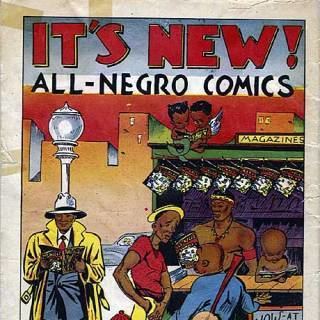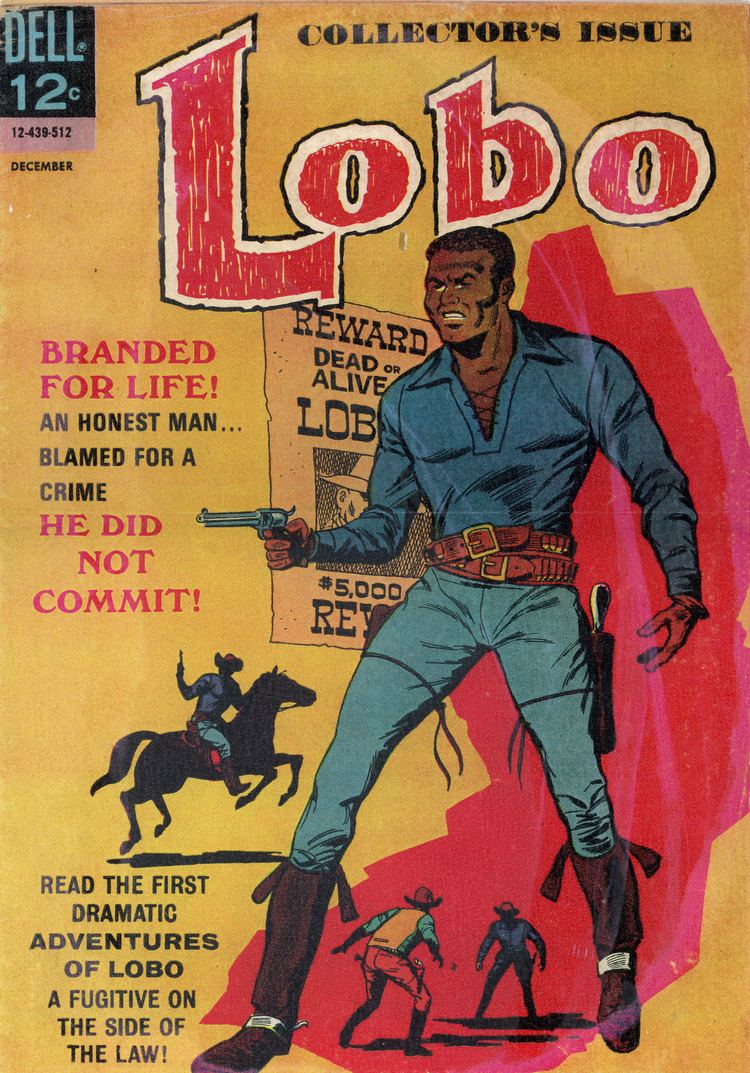Publisher All-Negro Comics, Inc. Publication date 1947 Main character(s) Ace HarlemLion Man | Number of issues 1 | |
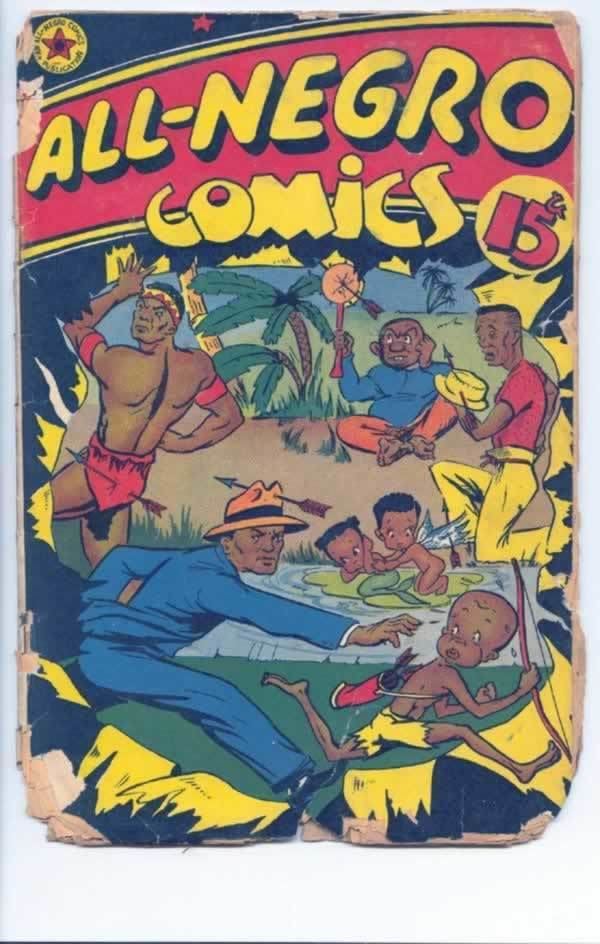 | ||
Artist(s) John TerrellGeorge J. Evans Jr. Similar Jungle Tales, Jungle Action, Archie's TV Laugh‑Out, Sgt Fury and his Howling, Adventures into the Unknown | ||
All-Negro Comics, published in 1947, was a single-issue, small-press American comic book that represents the first known comics magazine written and drawn solely by African-American writers and artists.
Contents

Publication history
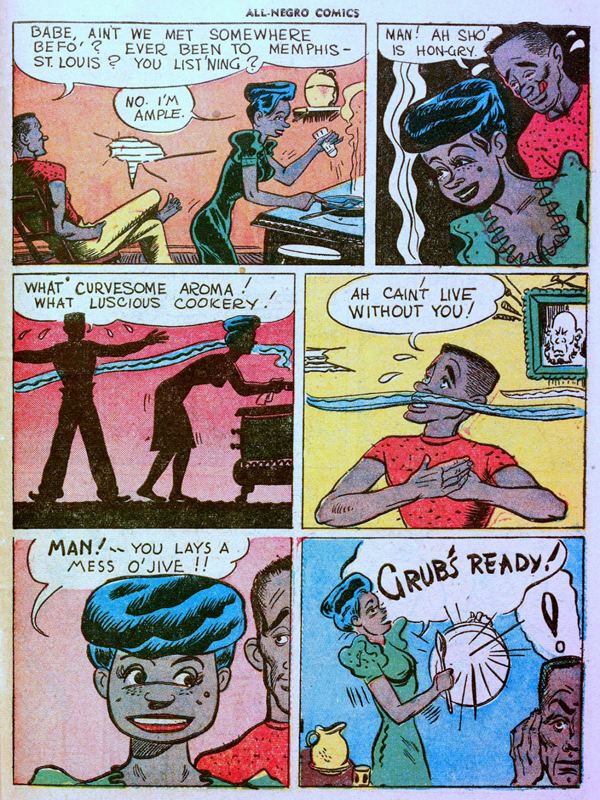
African-American journalist Orrin Cromwell Evans was "the first black writer to cover general assignments for a mainstream white newspaper in the United States" when he joined the staff of the Philadelphia Record. Evans was a member of the NAACP and a strong proponent of racial equality. After the Record closed in 1947, Evans thought he could use the comic-book medium to further highlight "the splendid history of Negro journalism". Evans partnered with former Record editor Harry T. Saylor, Record sports editor Bill Driscoll, and two others to found the Philadelphia publishing company All-Negro Comics, Inc., with himself as president. In mid-1947, the company published one issue of All-Negro Comics, a 48-page, standard-sized comic book with a typical glossy color cover and newsprint interior. It was copyrighted July 15, 1947, with a June 1947 issue date, and its press run and distribution are unknown. Unlike other comic books of the time, it sold for 15 cents rather than 10 cents.
As writer Tom Christopher described, Evans
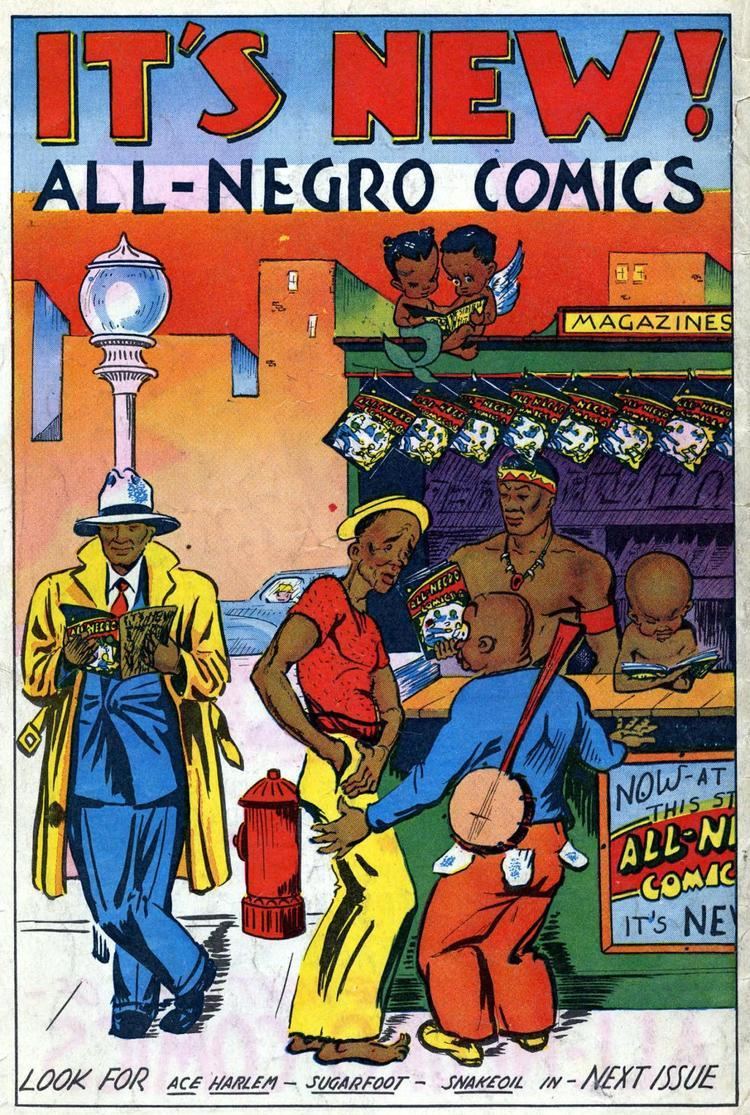
...co-created the features in the comic along with the artists, who included his brother, George J. Evans Jr.; two other Philadelphia cartoonists, one of whom was John Terrell, the other named Cooper; and a Baltimore artist who signed his work Cravat. The cartoonists probably wrote their own scripts, and there was further editorial input by Bill Driscoll.
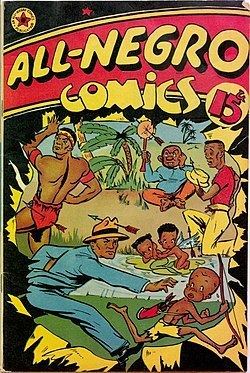
As one cultural historian notes of the era, "[W]hile there were a few heroic images of blacks created by blacks, such as the Jive Gray comic strip and All-Negro Comics, these images did not circulate outside of pre-civil rights segregated black communities."

Evans attempted to publish a second issue but was unable to purchase the newsprint required. Many believe he was blocked from doing so by prejudiced distributors, as well as from competing, white-owned publishers (such as Parents Magazine Press and Fawcett Comics) which began producing their own black-themed titles.
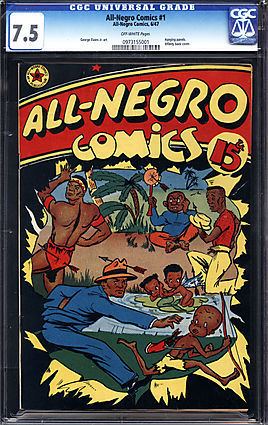
The Official Overstreet Comic Book Price Guide, a standard reference, considers the single issue "rare" and notes, "Seldom found in fine or mint condition; many copies have brown pages."
Contents
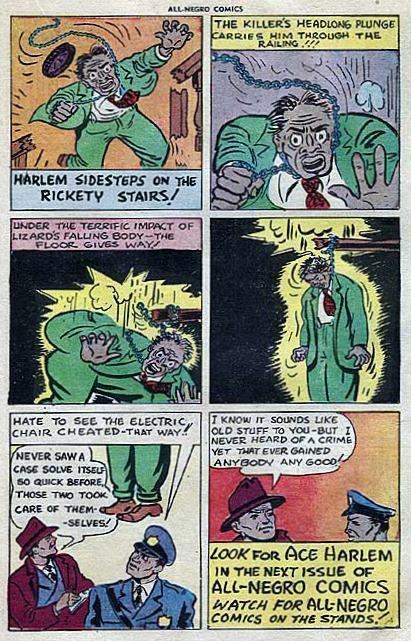
Time magazine in 1947 called All-Negro Comics "the first to be drawn by Negro artists and peopled entirely by Negro characters." In describing lead feature "Ace Harlem", it said, "The villains were a couple of zoot-suited, jive-talking Negro muggers, whose presence in anyone else's comics might have brought up complaints of racial 'distortion.' Since it was all in the family, Evans thought no Negro readers would mind." The protagonist of "Ace Harlem," was an African-American police detective; the characters in the "Lion Man and Bubba" feature were meant to inspire black people's pride in their African heritage.
Stories
